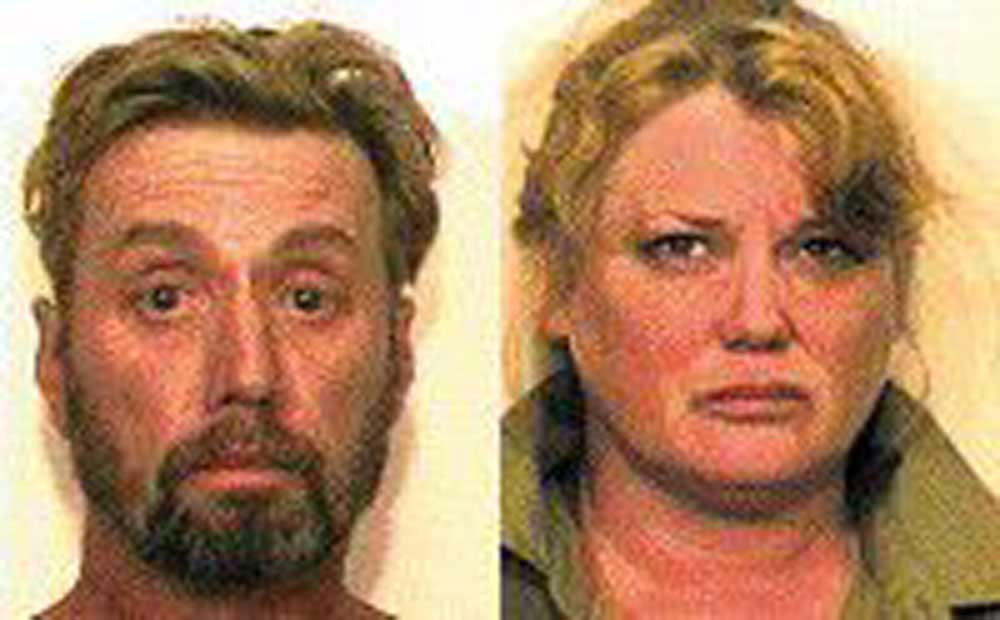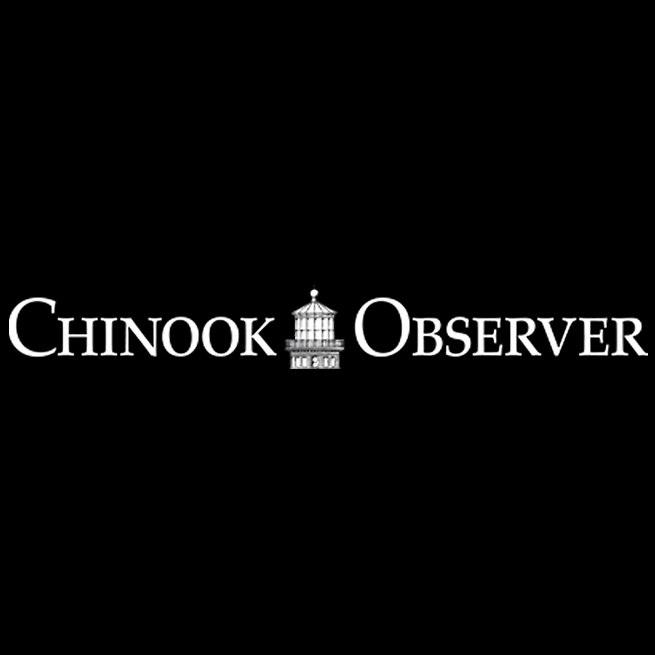Study outlines risks, rewards of LB conference center: Could bring economic gains in long run
Published 4:22 pm Monday, April 14, 2025
LONG BEACH — A newly completed study from students at the state’s top business school found that a modest-but-modern conference center could spur the local economy during the prolonged shoulder season — but such a development would not come without risks.
Long Beach city councilors and other city officials were briefed on the feasibility study’s findings at an April 7 workshop. Students from the University of Washington’s Foster School of Business conducted the study as part of an agreement between the university’s Livable City Year program and the Pacific County Economic Development Council.
The multi-year partnership between LCY and EDC has resulted in a handful of studies and projects focused on housing, economic growth and planning for future infrastructure challenges and opportunities.
Trending
Off-season help
The main thrust of erecting a conference center in Long Beach is to bolster tourism in the non-summer months of October through May. By doing so, stakeholders believe the increased year-round visitation would benefit businesses and the local workforce, help to balance the impacts from seasonality on the peninsula’s tourism-reliant economy, and increase revenue from lodging tax collections.
If constructed, the conference center’s primary use would be to host events for companies and those coming from outside the area. Indoor space could also be used to help support existing local festivals, concerts, charity nights and other events.
Work on the feasibility study began last September, with Long Beach paying the EDC $12,500 to contract the study out to LCY as part of the two organizations’ partnership. It’s the city’s first interest in the prospects of building a convention center in about two decades. City officials seriously considered constructing a convention center in the 1990s and early 2000s, contracting for a feasibility study with a Seattle-based hospitality consulting firm.
Over a dozen stakeholders were interviewed for the study, including Long Beach Mayor Sue Svendsen, the city’s administrator, David Glasson, and its community development director, Ariel Smith. Others included the Pacific County Tourism Bureau’s executive director, Josh Phillips, EDC Executive Director Sue Yirku and consultant Kelly Rupp, and executives from several local resorts and hotels.
Partnership
Trending
City officials made clear that they did not want Long Beach to bear the burden of operating a conference center, but rather favored a public-private partnership where the city could contract with one or multiple third parties to operate the facility and provide food services. They indicated they may be willing to contribute up to $600,000 of lodging tax revenue annually over a 20-year period for the construction and operation of the center.
The area in question that the study examined for the conference center is located directly west of the Fun Beach Go-Kart Speedway and Fun Beach Mini Golf. Svendsen clarified that there has been prior interest from a “committed community person” who owns property in the downtown area about operating a center, but said their interest has since “waned a bit.”
“It’s an ambitious thing for us to look at, I gotta say,” said Svendsen in reference to the financial commitment that would be required from the city. “I’m not saying this is a slam dunk by any means.”
Regardless, the mayor believes the study will be a valuable tool to have moving forward for other potential developers, such as a hotelier who’s not interested in building both a hotel and a conference center.
“The most likely thing would be if some new person came into town they wouldn’t want to build a hotel and a conference center together,” said Svendsen. “That’s the best fit, but that wasn’t what we were faced with the possibility of.”
Comparables
Students looked at a handful of comparable facilities in the region, including the Seaside Civic & Convention Center and the Ocean Shores Convention Center. Other facilities used as comps were located in Port Orchard, Port Angeles and Wenatchee.
“Through looking at these, we found that each individual [center] had something unique about them,” said UW student Kealan Estrada. The convention center in Seaside, as a long-established facility, has contracted bookings for every year through 2033, while the Grays Harbor Public Facilities District helped finance the center in Ocean Shores while also funding a reserve.
Estrada noted that most of the comparable centers are operating at a deficit and without a dedicated source of funding, such as lodging or tourism taxes. Public-private cost sharing where bonds are issued is a common approach.
“Consistent external support is crucial for long-term financial viability,” the study states, with success also hinging on centers’ ability to form partnerships with hotels, caterers and local businesses as well as having flexible, tech-ready spaces for the center to be able to cast a wide net and host both larger and smaller events.
Facility
In the end, the study recommended that a conference center with a 350-person capacity would be the ideal size, finding that it balanced demand and cost while being a better fit for the community and tourism.
Along with utilizing a public-private partnership to operate the conference center, the study also suggested having an integrated marketing agreement with the EDC and county tourism bureau to allow for constant bookings, with a focus on targeting small- to medium-sized organizations and events.
The study also looked at centers with a capacity of 200 and 500 people, but found the 200-person center would limit revenue potential and reduce the attractiveness to host large events. And while the 500-person center could maximize revenue, it would require a steeper initial investment and higher occupancy rates to make financial sense.
The site in question that students examined is about 6.6 acres in total, but with wetlands comprising about 3.5 acres and the required buffers being taken into account, just 2.7 acres are left as buildable area — about 118,000 square feet.
A conference center with a 350-person capacity would clock in at up to 17,000 square feet, the study found, with the potential for the expansion of another 10,000 square feet. Parking would take up about 15,000 square feet and could accommodate an additional 10,000 square feet in the future, with an outdoor event space and exhibition plaza combining to take up another 10,000 square feet.
Using operational and market assumptions, the study found that the cost to construct such a conference center would check in between $6 to $8.5 million, with annual operating costs landing at about $630,000 in year one. A 350-person center — the middle of the three options that the study examined, along with 200- and 500-person centers — could bring in just shy of $300,000 in its first year.
While the conference center itself would be operating at a loss annually, the study projected that local spending spurred by the increased tourism would outpace those losses in the long run.
Through a model that was shared with the city, cumulative cash flow would check in at a loss of nearly $24 million over a 30-year period to construct and operate the facility, while local spending attributed to the center’s presence would eclipse $26 million over that same period of time. The 350-person center is the only option of the three capacities where local spending was found to exceed the negative cash flow of building and running the facility.
“This is an important thing to point out, and I’m not sure it has been hammered home enough, but in every comparable city these facilities operate at a loss,” said UW student Ben Pitock. “And the main benefit is that [the centers] are adding to the local economy.”










